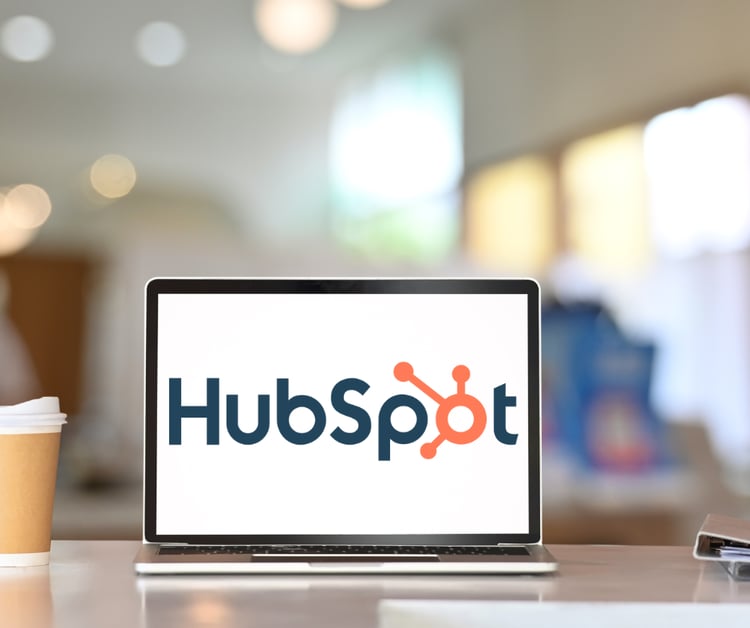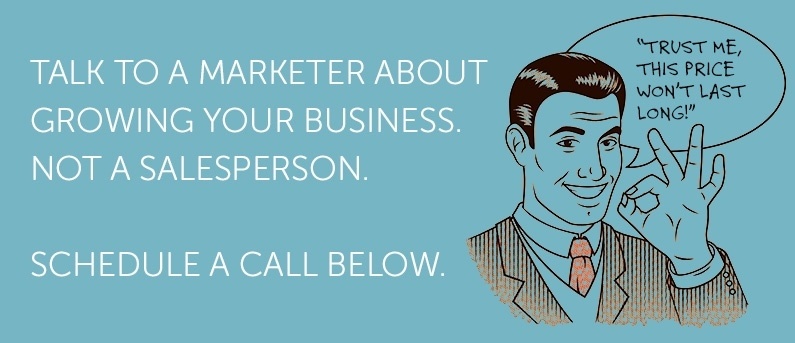If you spend any time in the marketing world, you’ve heard the hype: HubSpot can transform your business. HubSpot brings marketing, sales, and service under one roof. HubSpot is the easiest, smartest, all-in-one growth engine.
But if you're running a small or medium-sized business, you’re probably wondering something more practical:
Does HubSpot actually make sense for you—your team size, your budget, your goals?
Short answer: Yes.
Slightly longer answer: Yes, but only if you use it the right way.
Let’s break down how SMBs can use HubSpot, why it’s worth the investment, and what kind of ROI it can actually generate.
Why SMBs Love HubSpot: The Power of Keeping Everything in One Place
If you’re like most SMBs, your tools are probably… a patchwork.
A CRM over here. An email tool over there. Chat support somewhere else. Five spreadsheets that only one person understands.
HubSpot solves this in the simplest possible way: everything lives in one platform.

Here’s how that plays out day to day:
1. A CRM That Doesn’t Make You Want to Scream
HubSpot’s free CRM is ridiculously good for SMBs: unlimited users, contact tracking, deal pipelines, email logging, task reminders, activity timelines.
You get structure without complexity—and any marketer will tell you that’s half the battle.
2. Marketing Automation That Actually Feels Attainable
You don’t need enterprise pockets to use HubSpot’s marketing tools. Starter-level plans give SMBs access to forms, email marketing, simple automation, and ad management.
Meaning: fewer manual tasks, more consistent outreach, and the kind of nurture sequences that make your brand feel bigger than your headcount.
3. A Sales Process You Can See
Sales Hub helps SMBs manage deals, forecast pipeline, set up multiple pipelines, and automate tedious admin.
For small teams, this visibility is game-changing—especially if you’ve ever lost a deal because someone forgot to follow up.
4. Customer Service That Doesn’t Fall Through the Cracks
Service Hub helps you track tickets, chats, and support interactions.
You can finally give customers a consistent, professional experience—even if you have one person covering support between meetings.
5. Reporting That Doesn’t Require a Data Analyst
Dashboards pull together marketing, sales, and service data into one clean view.
Think:
-
Where leads come from
-
What actually drives revenue
-
Where your bottlenecks live
-
What your sales cycle actually looks like
For SMBs that need to spend wisely (aka all SMBs), this kind of visibility is priceless.
6. A Platform That Grows With You
You can start free. Then upgrade just what you need—Marketing Hub, Sales Hub, Service Hub—when you need it. HubSpot scales at the pace you do, not the other way around.

When HubSpot Makes Sense for SMBs
| When HubSpot Is Worth It | When HubSpot Isn’t the Best Fit |
|---|---|
| You want to streamline marketing and sales. | Your marketing needs are minimal. |
| You need better lead nurturing. | You only send occasional newsletters. |
| You want clearer cross-team visibility. | You don’t have the bandwidth to adopt or maintain a platform. |
| You want to automate repetitive tasks. | You don’t intend to automate or scale. |
| You want to understand what truly drives ROI. | You’re unlikely to use most features. |
| You want to deliver a more consistent customer experience. | In short: if you’re not planning to use it, it may be overkill. |
| Bottom line: If your team is bouncing between tools, losing leads, or relying on guesswork, HubSpot pays for itself quickly. | Bottom line: HubSpot makes the most sense for teams ready to fully adopt and leverage it. |
What Does HubSpot ROI Look Like for an SMB?
Let’s walk through a realistic example.
The Scenario
A small B2B company with:
-
12 employees
-
$1.5M annual revenue
-
A small marketing team (1–2 people)
-
A sales team juggling outreach + admin
They move from messy spreadsheets + disconnected tools to HubSpot:
-
CRM Free
-
Marketing Hub Starter ($20/month)
-
Sales Hub Starter (2 users: ~$40/month per user)
Monthly spend: ~$100/month*
Annual spend: ~$1,200/year*
(*These are rough estimates and HubSpot pricing is subject to change, so we can help you verify the latest pricing.)
Here’s where the ROI comes in:
1. Improved Lead Follow-Up
If HubSpot’s automation prevents just one previously lost deal per year—and that deal is worth $5,000—HubSpot has already paid for itself more than 4× over.
2. Increased Conversion Rates
If automation and smarter lead tracking improve conversion rates even 10% on existing demand, that can easily generate $15k–$40k depending on your average deal size.
3. Saved Team Time
If the marketing team saves just one hour per week per person on manual reporting, follow-ups, and admin, the productivity value alone can exceed $5k/year.
4. Better Retention & Customer Support
Faster response times and more organized support often reduce churn and improve repeat business. Even a 1%–3% bump makes a meaningful revenue impact.
Total possible value: $20k–$60k+ annually
Annual HubSpot cost: ~$1,200
That’s a potential 10–50× ROI—and these are conservative estimates.
The Bottom Line: HubSpot Makes SMBs Look (and Operate) Like Big Players
For many small and medium businesses, HubSpot is more than a tool—it’s the operating system that keeps growth running smoothly.
- It simplifies your tech stack.
- It automates the boring stuff.
- It gives you visibility into what works.
- It boosts sales efficiency.
- It levels up your marketing.
- And it helps small teams perform like large ones.
If you’re trying to grow smarter, faster, and more strategically, HubSpot isn’t just worth it—it’s often the difference between a brand that scales and a brand that stalls.
Ready to see whether HubSpot is the right fit for your business? As a HubSpot Platinum Partner, Bonafide helps SMBs implement, optimize, and actually use HubSpot to drive meaningful growth.
Let’s talk about your goals and build a smarter path forward.


